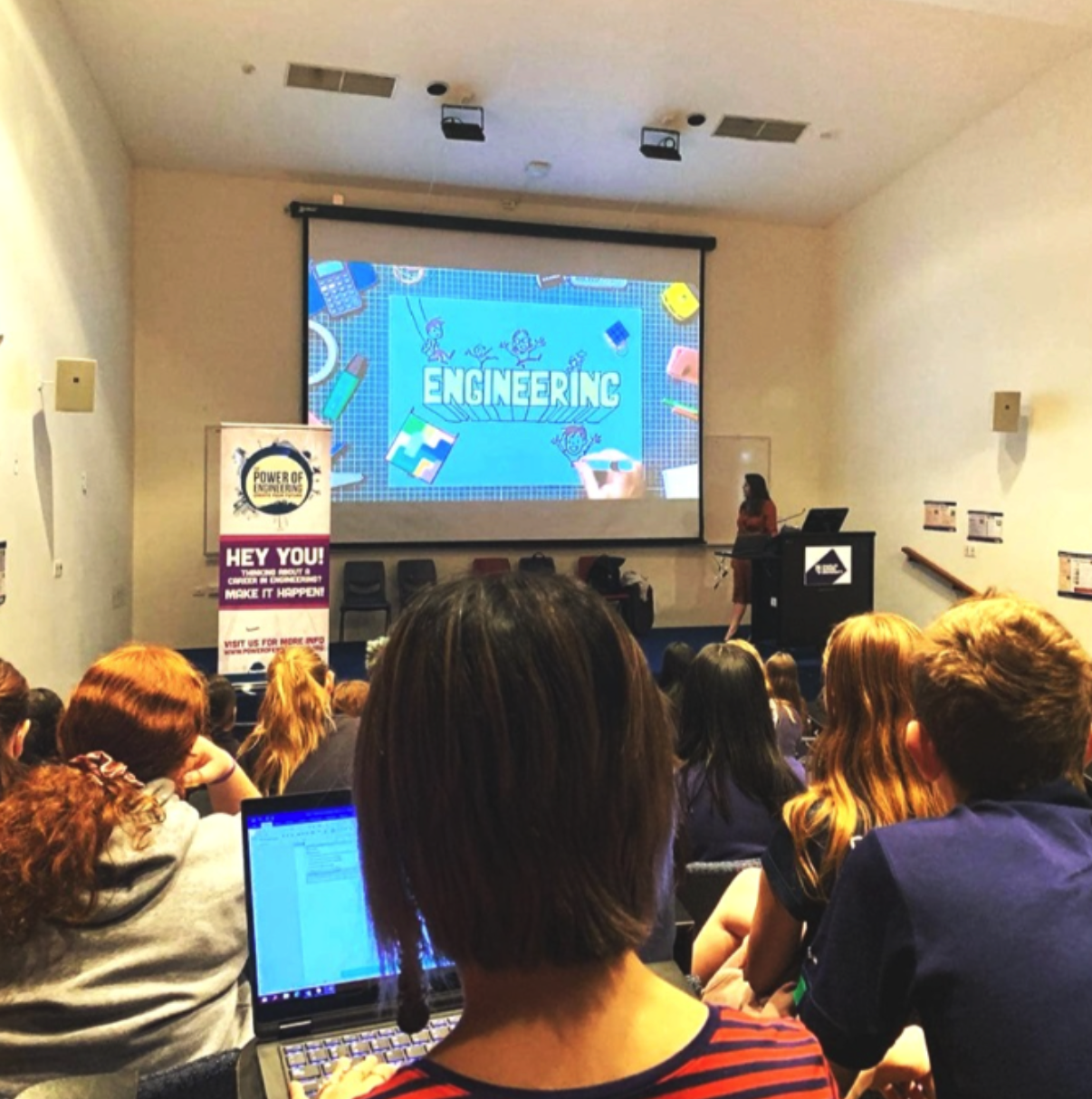By Ella McKelvey
For this week’s blog post, we interviewed the President of Power of Engineering, Ashley McCarthy-Griffiths. Power of Engineering is a not-for-profit organisation which is passionate about creating a gender diverse Australian Engineering workforce. They run one-day events bringing together schools, universities and engineering companies. These events attempt to breakdown the stereotypes of Engineering, and demonstrate that an Engineering career offers not only a diverse range of opportunities, but also the ability to make a social impact to the world.
1. What inspired you to join Power of Engineering?
I always enjoyed Science and Maths at school, but I was never the brightest in the class. The only reason I ever considered a career in Engineering was thanks to my Dad. When I was considering what I wanted to study at University, I was going through the career guide booklet crossing off all the careers I was not interested in. At the time, ‘process of elimination’ seemed like a good idea - but on reflection there was over 350+ career descriptions in the book. Thank goodness my Dad suggested that I come to his work one day and talk to different Engineers about what they do! I was shocked to see no hard hats or high vis, and realised I did not need to be the smartest in the class to become an Engineer.
I learnt about Power of Engineering Inc. when I was at University in 2015, and it really hit a soft point. I recognised not all girls who were interested in Science and Maths at school would have a role model that is an Engineer to teach them what Engineering is. Engineering offers such a diverse range of career options; as a high school student it is hard to understand what an Engineer is, and what the career possibilities are, just from Googling. Power of Engineering is doing something to change that - and I love being involved!
2. Power of Engineering has great success when it comes to inspiring high school students - 77% of students who would not have otherwise considered an engineering career change their minds after attending one of your day-long events. What are some of the things you are able to teach these school kids to help them change their minds?
We make our day-long events as creative and fun as possible by demonstrating that Engineering can offer a variety of careers. We kick-start with a key speaker who talks about their role in the community as an Engineer, and what they do on a day to day basis. We then run workshops where students apply Engineering concepts to solve real world problems. For example, one of our workshops asks students in teams to build a boat and then we test how much weight the boat can hold. It sparks discussion for design considerations, material selection, and working with a client. We finish the day off in the afternoon with students experiencing a site tour hosted by one of our industry partners. This demonstrates what Engineering is in the students’ community.
At the end of every event we get each student to fill out a survey, which reflects on the day. Many students comment that they were never aware of the diverse range of careers in the field. One of the key themes of the day which really resonates with students is how Engineering relates to everything around them, and its social impact.
3. Sadly, only 14% of the people enrolling in engineering are women*. Do you think girls are mainly put off by their experiences of Maths and Science at school, or misperceptions about the career itself?
I think there are two key reasons contributing to this. The first one is that girls disengage from Science and Maths because they do not have confidence in their own ability - studies show that this starts as early as primary school years. The second reason is that girls and young women do not having the same exposure to Engineering. This means they do not get to understand its true nature, as opposed to the stereotypes that it is a career for men and high-vis.
4. Over the past 15 years, at least, we have seen a steady increase in the number of women taking up engineering degrees. What do you think we can attribute this rise to?
I believe the main contributing factor is the increase in exposure to STEM related careers and Engineering. If girls and young women are more aware of what Engineering is, and what a career in STEM can look like, they are more incentivised to study Engineering at university.
Other contributing factors include the implementation of Women in Engineering scholarships by industry and the government; and an increase in support networks and communities for female engineers.
5. How do we get women to stay in engineering once qualified? Only 1.4% of male engineers drop out of engineering between the ages of 20 to 39, compared to 13.1% of female engineers.
Unfortunately, I do not have all the answers for this yet. I have actually just started my research journey with Queensland University of Technology to explore how we can retain females in Engineering….so watch this space!
6. Half of female engineers have experienced gender discrimination in the workplace. What forms does this gender discrimination take? Are we doing enough to fight it?
Gender discrimination is an important issue in engineering, as it is in all industries. In many cases, gender discrimination occurs unintentionally through unconscious bias. For example, a woman’s point of view may be heard but disregarded, or a woman might have something ‘mansplained’ to them. Our industry partners are working with us and other organisations to mitigate unconscious bias in the workplace to enable a better Engineering culture across the workforce. Mitigating unconscious bias will create a more inclusive environment where diverse teams will be able to bring their whole selves to conversations to solve some of our communities’ greatest problems.
7. Why do you think it is important to be upfront with school girls about the possibility of discrimination if they choose to pursue engineering?
I don’t think anyone likes being blindsided. Being upfront with girls provides us with the opportunity to educate them about how to set their own boundaries about what is okay. We can also teach them how to communicate when it does happen, and help them learn how to resolve the situation for themselves - whether that is communicating to make the other person understand, or removing themselves from the situation. Unfortunately, it is something that does exist in society. Whether young girls choose a career in Engineering or not; what we need to do is prepare young girls to have conversations so we can change the future of this for the next generation…that is why I love the work of One Woman Project.
8. Where else is diversity lacking in the Australian engineering workforce? Do you think we pay enough attention to these other issues of diversity?
From my point of view, there are not many industries in Australia where diversity exists effectively - diversity accounts for more than just gender and cultural identities. One industry that I think is overlooked is Nursing. We tend to explore Nursing in some of our discussions, and look to understand the differences between Nursing and Engineering. This is because Nursing has the opposite gender diversity issues to those we face in Engineering, and is more culturally diverse as an industry.



